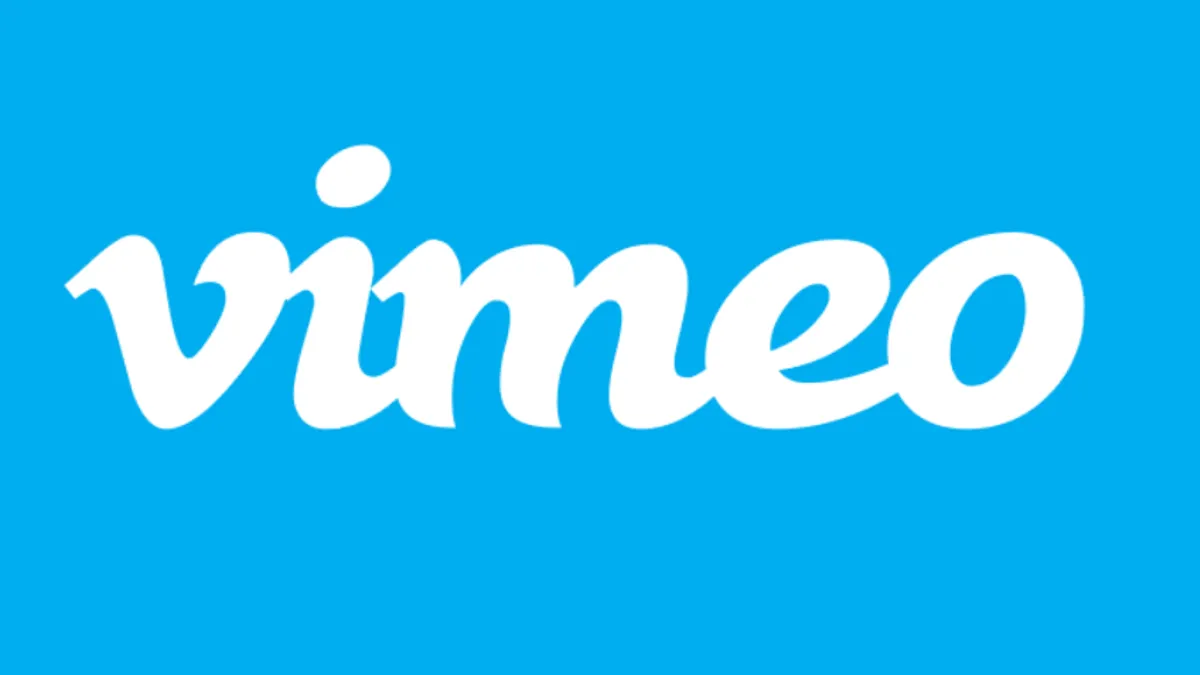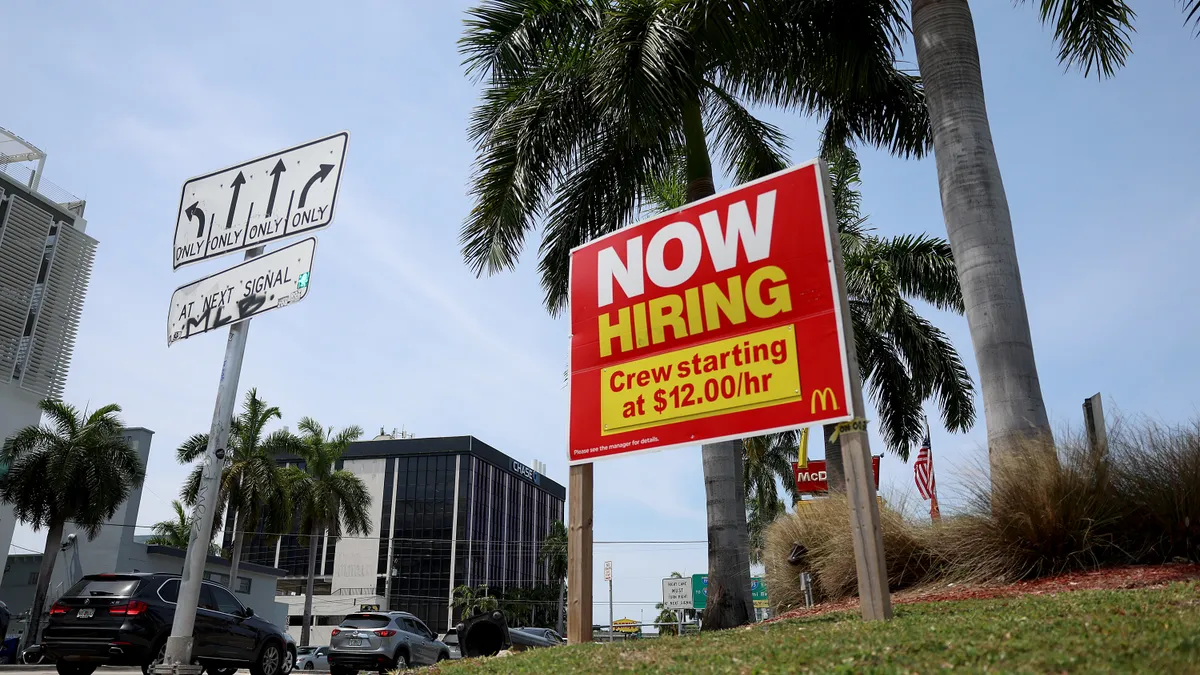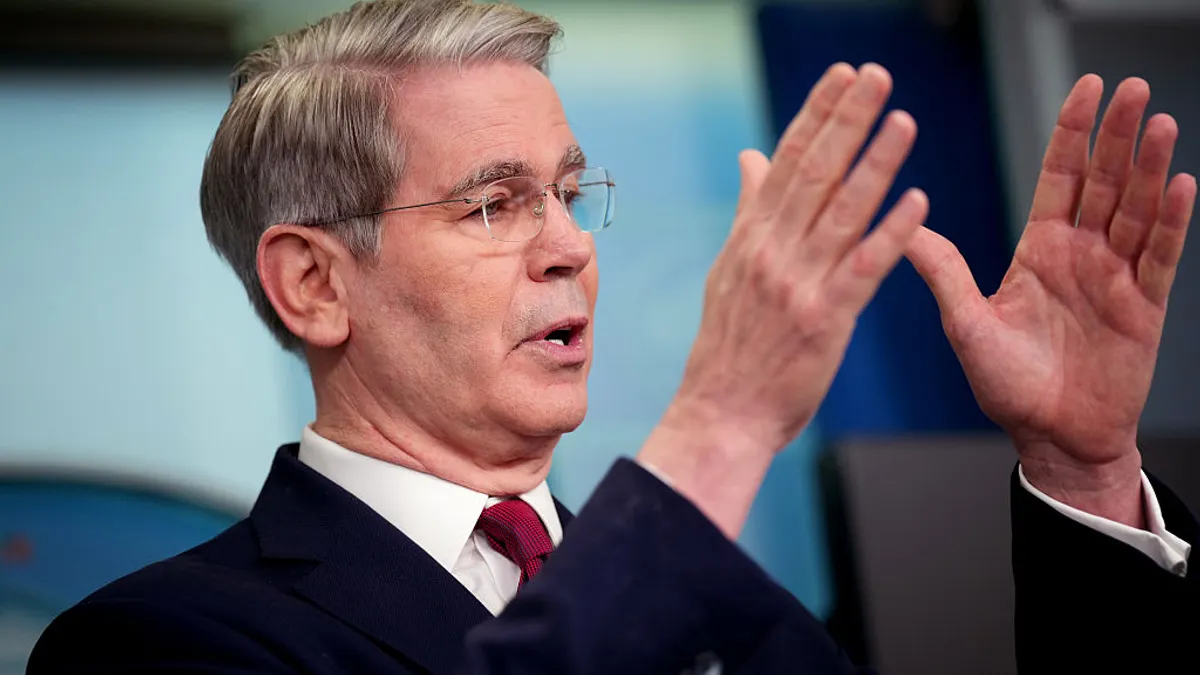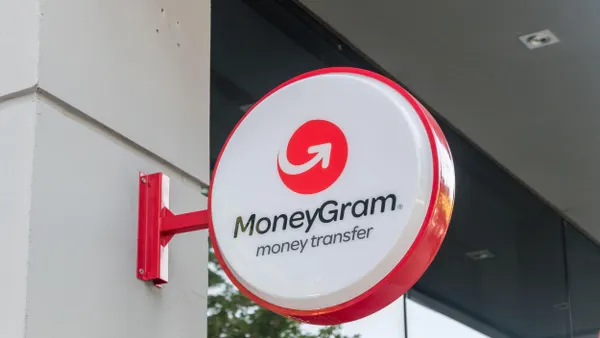Vimeo is relying on its legacy consumer freemium funnel to drive its growth as a business-to-business video platform, the company’s CEO, Anjali Sud, says in a webcast hosted by SaaStr, a software-as-a-service (SaaS) best practices organization.
Vimeo launched 16 years ago as a consumer-facing platform that, unlike YouTube, offered an ad-free environment that attracted serious creators like documentarians and filmmakers. The company reinvented itself about four years ago as a platform for companies to host marketing, training and other videos and provide a way for them to live stream conferences and town halls.
Sud, who joined the company in 2014 as its marketing head and championed the business-model change as she took over as CEO in 2017, said her future depends on her being right that companies will adopt video as a main form of external and internal communications if they’re given a platform and tools that make it as easy as any other form of communication.
“I was willing to bet my career on this strategy,” she said. “Whenever I went to conferences and talked to potential customers at the booth, what I heard was that video is a more engaging, powerful medium for me to connect with my customers and grow my business, but it’s just really hard, so I’m not using it.”
The pandemic gave the company’s transformation thesis a big boost, helping to drive its growth by double-digit percentage gains, culminating in year-over-year revenue growth of almost 60%, to just under $90 million, in the first quarter of 2021.
“Suddenly, all of these companies were forced to adapt to video,” she said. “We ended up having the right product and strategy at this moment when the market accelerated.”
Freemium roots
The company generates about 75% of its revenue from self-serve customers, many of whom, as in the days when it was consumer-facing, start out paying nothing.
The goal is for these customers to self-convert to a premium tier, paving the way for a salesperson to reach out if an enterprise solution makes sense.
“We didn’t have a salesperson a couple of years ago, and today 25% of our revenue comes from the enterprise,” she said.
Retaining the freemium model was a key decision she and her leadership team made early in the transformation.
“We don’t have to go and fish in other ponds to find our enterprise customers,” she said. “They’re already on the platform. They’re using the products for free. And if we do it right, our products can be our marketing and the way we find and surface enterprise customers.”
More than 70% of the company’s enterprise customers, who pay an average $20,000 annual contract amount, start as self-serve users.
“These are Fortune 100 and Fortune 500 companies,” she said. “What we used to do is, we had the company split between self-serve and enterprise. It turns out, that’s not the optimal way to do this. If you really want to manage one funnel, you have to think of the user journey regardless of how they pay you.”
The self-serve model has kept the company from monetizing as much of its product mix as it otherwise could, but free tools will help the company with its long-term goal of changing businesses’ communication habits, she said.
“That’s a hard thing to do, especially when you’re a public company and you have numbers you represent to the Street,” she said. “But this is an area where we have patience. We believe that’s going to be the right way to open up the market even if we don’t get it perfectly right this quarter or next quarter. We’re going to stay the course.”
IAC, the media conglomerate that owned Vimeo before it spun it off as its own public company in early 2021, gave Sud the space to map out the transition despite a rocky start.
“For a couple of years there, the demand didn’t come,” she said. “I remember so many times the conversation we’d have with a large company would be, ‘Hey, why don’t you use video, and live stream your town hall or have your marketing team hosting all of their video content?’ And the answer was often, ‘Of course we want to do that, but that’s part of our five-year digital transformation roadmap.’”
Good timing
The pandemic proved to be fortuitous beyond just getting companies to accelerate their video transformation, Sud said; it has also led to a permanent change in how companies communicate.
“In what world are we ever going to settle for [the way things were]?” she said. Work events like town halls and conferences will be live streamed and recorded, transcribed, and searchable, just as text is.
“I should be able to go back and … search for that moment in the video [when a key point] pops up,” she said.
All-in conviction
For C-suite executives embarking on a radical change of course, there’s no room for half steps, Sud said.
“If you’re too hedgy around your vision, you will never commit enough to solve the problems that will get you there,” she said.
The risk of jumping in with both feet is you’ll pour resources into product changes that don’t take root right away, but rather than seeing that as a misstep, you should see it as part of the process of getting it right.
“No one ever nails product-market fit out of the gate, and if you do, you’re in a rare group,” she said.
The company had to course-correct after the pandemic hit because the products it was focusing on in its new business-to-business focus weren’t the ones companies ended up needing.
“We had to reallocate a lot of our R&D team to different projects and the way we thought about product-market fit,” she said.
It also had to rethink pricing and packaging; tools that the company might have ordinarily charged for it had to consider offering for free, to help companies see the benefits of live streaming and other video capabilities at a time when it most served their interests.
“This is all about the relationship with the customer, lifetime value,” she said. “That’s one of the biggest lessons: make sure you put just as much effort, attention, focus and resources on once you get a customer, making them successful, getting them to do more and naturally expand with you.”
For that reason, she wishes she would have pressed for more resources to help ensure a better customer experience after they started using the platform.
“If I could go back, I would have invested much earlier in customer success, user activation, onboarding and expansion,” she said. “Once we have a customer, that’s great; we’ve increased our contract value by selling them more advanced capabilities. But how are we actually getting them to truly succeed with video?”
Sud has asked her executive team to look beyond their own key performance indicators to the KPIs of their customers. With her team knowing what’s important to their customers, they can make better decisions about tools and pricing.
“What is the KPI that they care about?” she said. “How are we going to grow that for them?”
The answer, she said, is to think beyond the sale that brings them in as a customer by understanding the KPIs they’re looking at, and then tuning Vimeo’s tools and products in a way that will grow their KPIs for them. That’s how you go from a consumer-facing business to a B2B business, she suggested.





















